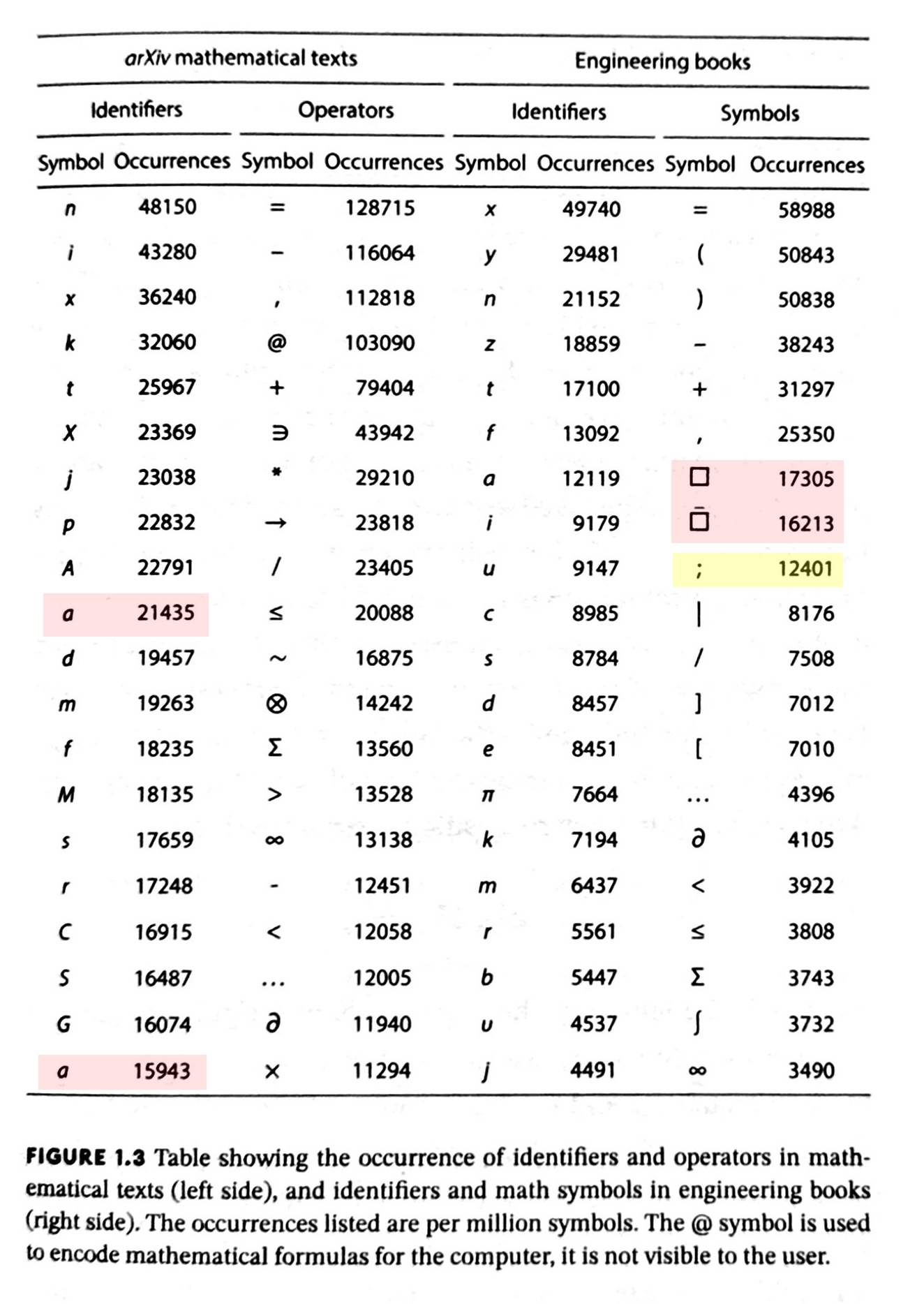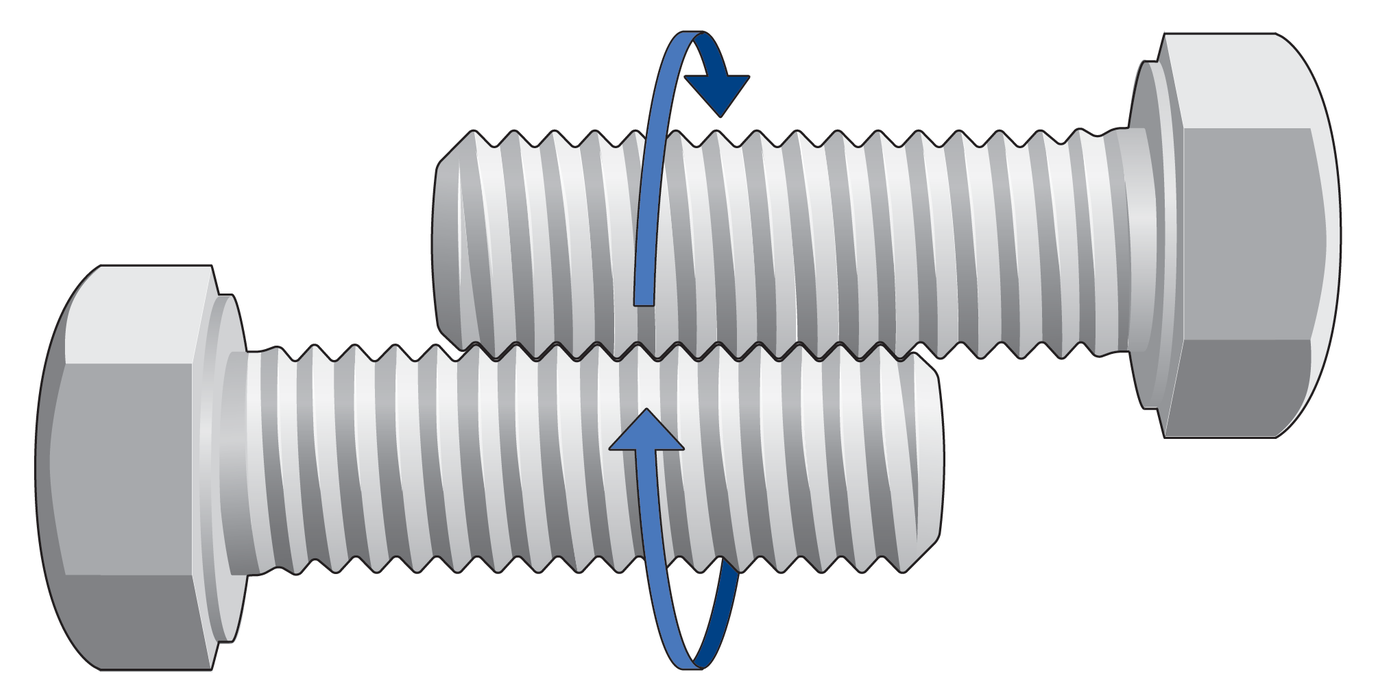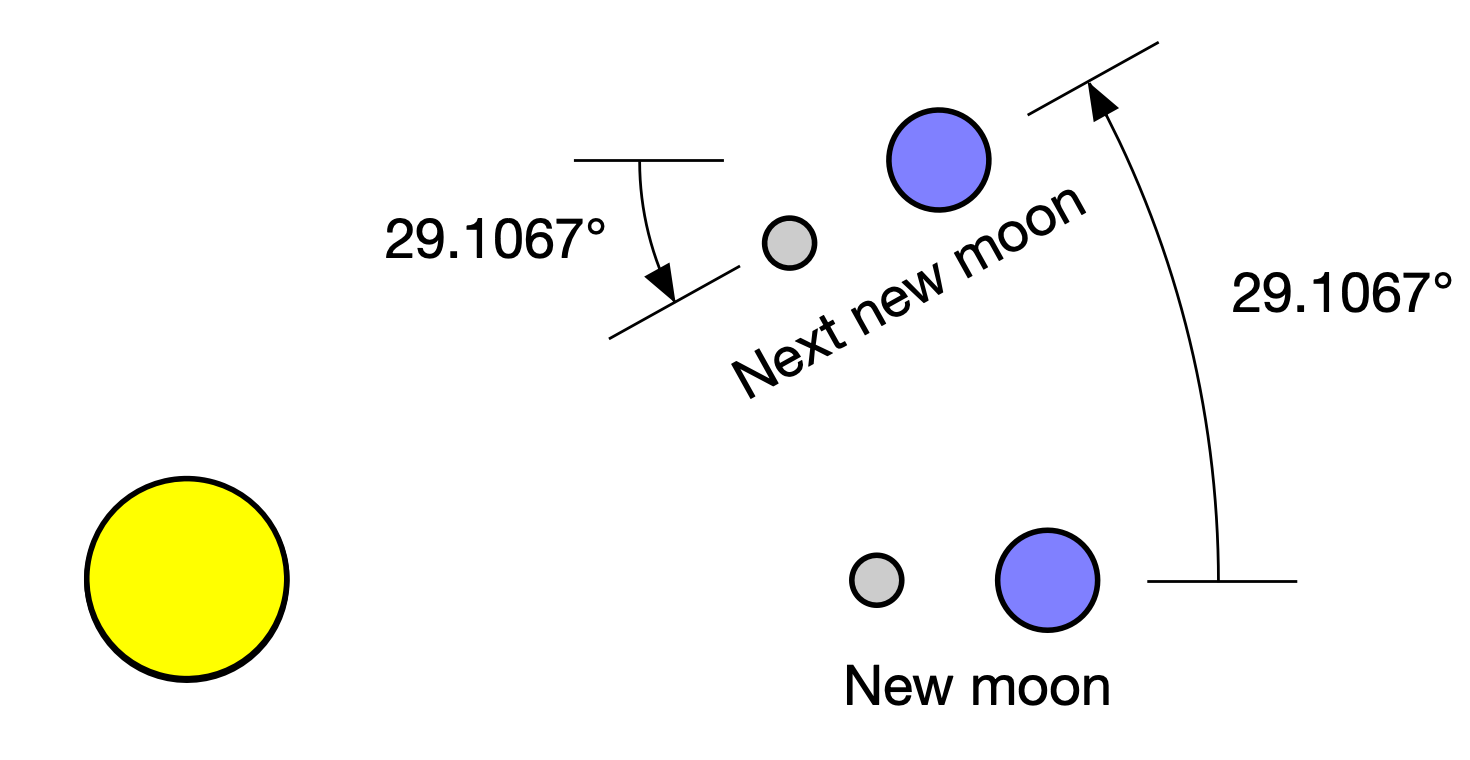Mathematical Symbol Frequency Analysis: A Tale of Errors

Dr. Drang reviews Raúl Rojas's 'The Language of Mathematics', exploring the history and standardization of mathematical symbols. A frequency analysis table of symbols, based on arXiv papers and engineering textbooks, caught his attention, revealing errors. Mistakes included an alpha (α) being listed as 'a', and fraction bars represented as two boxes. Tracing the source data, Drang uncovered the errors' origins in data processing and typesetting oversights. The post highlights not only the history of mathematical symbols but also the crucial importance of rigorous data handling in academic research.
Read more

